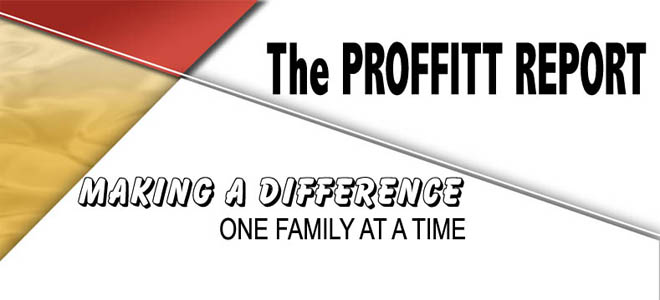
The private-sector Case-Shiller Index reported home values up 5 percent nationwide in June. The government's own Home Price Index, however, reached a different conclusion.
According to the Federal Home Finance Agency, month-to-month home values fell 0.3 percent in June, and values are down by 1.7 percent from June 2009.
So, as a home buyer and/or homeowner , by which valuation model should you make your bets? Perhaps neither.
This is because both the Case-Shiller Index and the Home Price have inherent methodology flaws, the most glaring of which is their respective sample sets.
The Case-Shiller sample set, for example, comes from just 20 cities across the country -- and they're not even the 20 most populated cities. Together, the Case-Shiller cities represent just 9 percent of the overall U.S. population.
That's hardly representative of the housing stock overall.
By comparison, the Home Price Index tracks home sales everywhere -- every city in every state -- but it specifically excludes certain properties. The Home Price Index does not track sales of homes for which the financing comes from agencies other than Fannie Mae or Freddie Mac. This means that as FHA loans grow in popularity, the pool of Home Price Index-eligible homes is reducing.
The HPI ignores homes backed by "jumbo" loans, too.
Therefore, the "right" model for home values cannot come from national data at all -- it can only come locally. Neither Case-Shiller nor the government has the tools to get as granular as a neighborhood. A real estate agent in the area does, however.
The best way to get a pulse for what's happening in markets right now is to talk to somebody with good data.








No comments:
Post a Comment